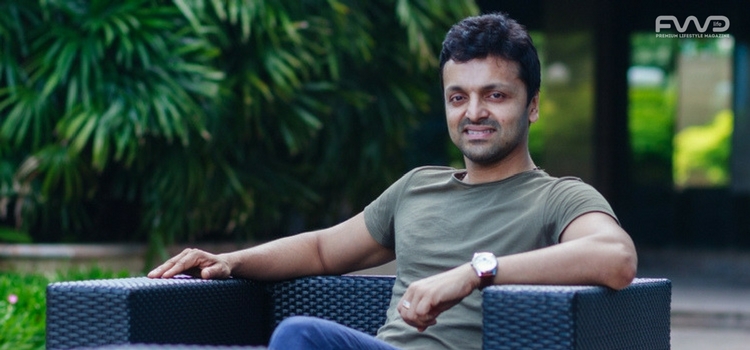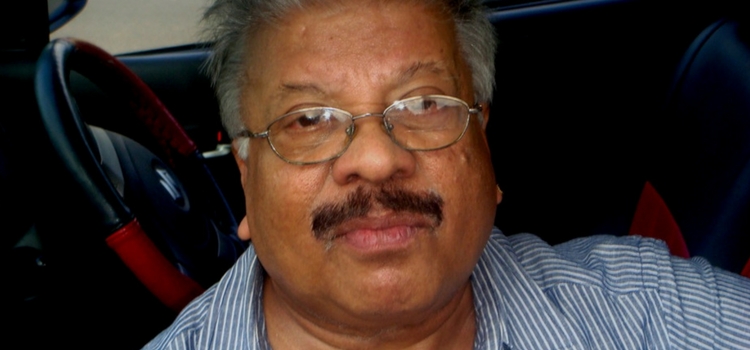Features
RETELLING THE TRAVANCORE CHRONICLES
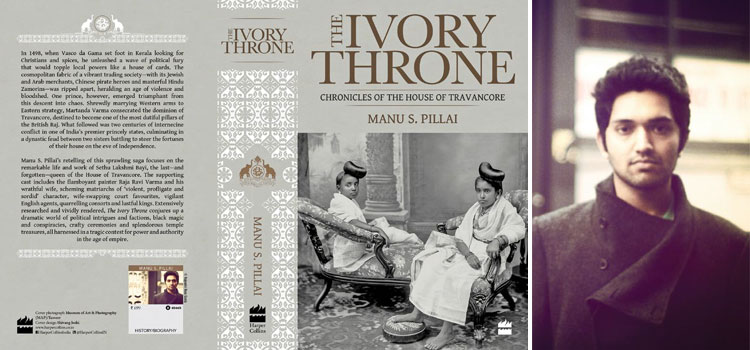
Tête-à-tête with Manu Pillai, author of “The Ivory Throne”
Words by Vaibhav Photographs by Various Sources
For many of us ‘history’ is a subject in school and what we would read and learn in academic books and classroom sessions. But Travancore as revealed by 25-yearold Manu S Pillai tells an intriguing story. This young writer’s debut book ‘The Ivory Throne’ portrays the former royal state through the life story of the last queen of erstwhile Travancore state – Sethu Lakshmi Bayi. Also known as Senior Maharani, she ruled Travancore as a regent for seven years from 1924, and the feud between her ambitious sister and herself is the heart of Pillai’s book. The life of Sethu Lakshmi Bayi is also the story of a progressive matrilineal system, which is unique about the state.
What was the inspiration behind ‘The Ivory Throne’?
The phenomenal story of Sethu Lakshmi Bayi. She was installed as Maharani of Travancore at the age of five, fought political battles at court in her teens, ruled over millions with exemplary ability in her thirties, lost power before forty, and in her fifties and sixties, after Independence, renounced her titles and departed from Kerala. She died in Bangalore in obscurity. The arc of her life was absolutely gripping, especially since she lived in a thrilling world of power, politics, wealth, palace intrigues and more. There was glamour and greatness, as well as tragedy and sacrifice. I wanted to tell the story of Kerala. And in the rise and fall of Sethu Lakshmi Bayi, I found the perfect platform to wed history to the journey of a remarkable human being whose tale had not been yet told.
How did you prepare, and how were you able to achieve this feat?
It took me six years and research in three continents; in archives and libraries in the US, England, as well as here in India. I also interviewed members of the Maharani’s family and had access to all her personal papers. During this time I also finished my education in London, worked in Delhi with Shashi Tharoor, returned to England to work at the House of Lords, and with the BBC. Typically, my day-job ended before dinner, and after a quick bite, I would stay up till 3AM working on my writing. While I now have the satisfaction of a very well-received and commercially successful first book, I must confess it demolished my social life! I am a very outgoing person and I was 19 when I started writing, so it took a great deal of inner determination to keep at it despite other inviting distractions. But that’s the thing—when a story grips you, it assumes a life of its own and everything else is surrendered to that story.
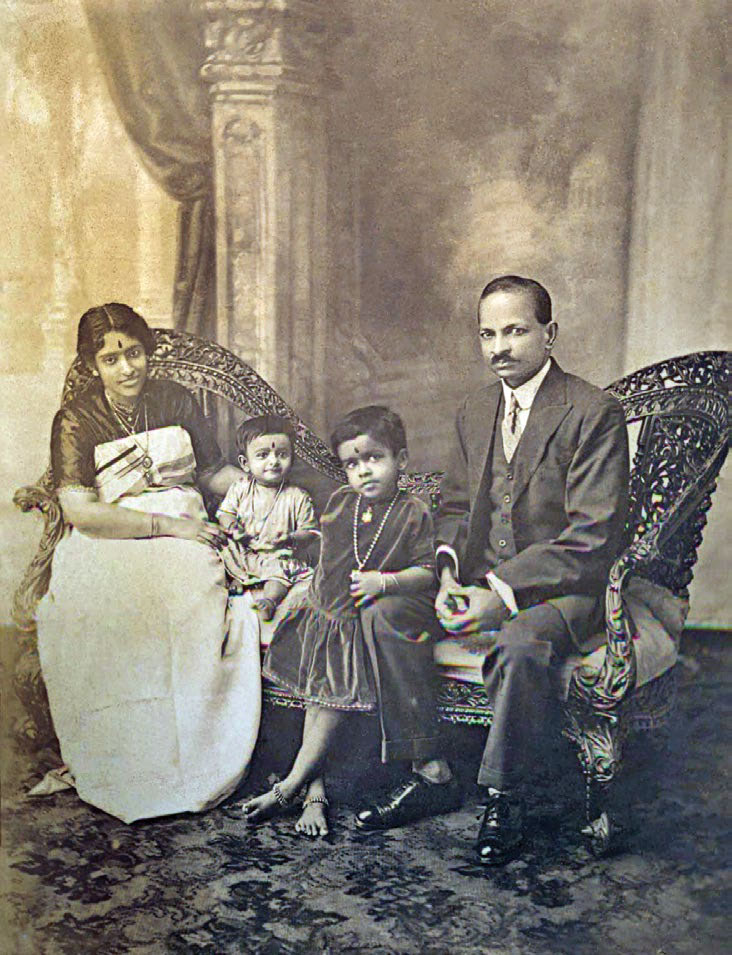
What was your biggest challenge in writing this book?
Kerala is a really fascinating historical landscape and yet there have been no books written in an accessible, engaging style. Academic historians sometimes tend to dry out even the most engrossing facets of our past. My intention from the start was to ensure that while my research was solid, the narrative would not read like a textbook. So, through four drafts, I made the story as sharp as I could, and peppered it with legend and folklore, humour and detail, and packed in some really memorable characters— warrior queens, scheming Englishmen, mercenaries, adventurers, invaders and so on. India in general has such tremendous stories, and I’d like to make these stories accessible to a wider audience. Methods of research have to be rigorous, but style makes all the difference in capturing the attention of the reader.
What drew you to the relationship between Sethu Lakshmi Bayi and Sethu Parvathi Bayi?
I am fascinated by the construction of power, and how people respond to power. In Travancore, these sisters grew up together and actually complemented one another’s personalities. For instance, Sethu Lakshmi Bayi was a regal establishment figure who opened doors to women in public life through government policy; Sethu Parvathi Bayi was a rebel who championed birth control and other radical causes. Both women were extraordinary but in different styles. Together they could have achieved even greater things than they did, but a contest for power, then as today, drove a wedge between them. And in the end one of the sisters ‘lost’ and the other ‘won’. Of course human beings are vastly more complex and I am reducing the story here to a basic plot, but this underlying tension between two sisters who were catapulted into authority, which then destroyed their personal bond, was of great interest to me.
What’s the most touching episode in this historical revisit?
I think when Sethu Lakshmi Bayi leaves her palace in 1957. She was raised to be a queen, but in the end she gave it all up, and after praying at the gates of the Sri Padmanabhaswamy Temple in Thiruvananthapuram, she never, ever came back to the land she once ruled. For the last 25 years of her life she lived as a recluse in Bangalore, and when she died, she had little to call her own. The woman whom millions once revered, who received gun salutes and interacted with Gandhi and Tagore, and most importantly, who served her people with dedication, died as a ‘nobody’ and was cremated in a public crematorium surrounded only by immediate relations. There was, I thought, great tragedy and injustice in that.
What is your next project?
[Laughs] I lost the entire first half of my twenties to writing this book. It is now in its third print after it was released in December, but I am enjoying my break. I write for newspapers and magazines, but I have no intention of starting my next project till late next summer. I know exactly what I want to do but prefer not talking about it yet. For the time being, however, I am enjoying being out in the sun and back to having a social life with merry people for company, rather than parking myself in archives and libraries continents away!
Young Initiative
What is the Vantara Project ?

Reliance Industries and the Reliance Foundation introduced the “Vantara” programme (also known as the “Star of the Forest” programme) on February 26, 2024. Its main focus will be on the treatment, care, rescue, and rehabilitation of hurt, abused, threatened, or vulnerable animals in India and beyond. Anant Ambani, a director on the boards of both the Reliance Foundation and RIL, is the creator of the programme.

Vantara (Star of the Forest) was founded on a deep philosophy that blends the accuracy of contemporary science and technology with the ancient Indian attitude of compassion, or “seva.” It is an expression of the moral duty to protect all living things, motivated by deeply ingrained Hindu traditions that maintain that serving animals is equivalent to serving the divine.
Vantara has demonstrated its dedication by organizing the rescue and rehabilitation of more than 200 elephants and numerous other animals from dangerous situations, offering these animals a safe habitat. The initiative extends beyond the act of rescue. It also includes putting key species like crocodiles, leopards, and rhinos through rehabilitation programmes to ensure their survival and well-being.

Vantara’s cutting-edge veterinary hospital, a marvel of contemporary medical technology, is the beating heart of the company’s medical endeavors. With its six specialist surgical centers, endoscopic robotic surgery technologies, and MRI and CT scan machines, the hospital is the best place for animal healthcare. The clinic, which fits damaged animals with prosthesis and helps them recover their health, is at the vanguard of medical innovation.
“The zoological park will be opened to the public soon, allowing people to witness our efforts in wildlife conservation and the sophisticated care we provide,” Anant Ambani said in a statement regarding the hospital’s capabilities and Vantara’s future ambitions.

However, Vantara’s vision goes beyond its confines. Ambani unveiled a bold proposal to transform animal welfare in India. “With training, capacity building, and the improvement of animal care infrastructure, Vantara aims to partner with the Zoo Authority of India and other relevant government organizations to improve the quality of all the 150+ zoos in India,” he said. This project, which emphasizes the value of comprehensive care and animal welfare, is poised to establish a new benchmark for zoos across the country.
In addition to being a haven for wildlife, vantara symbolizes optimism in the struggle against environmental deterioration and our responsibility to protect the planet’s rare biodiversity. Vantara asks us all to participate in a story that celebrates life in all its forms as it gets ready to open to the public.
Cover Story
Insta – Glam : Best Fashion from Aparna Thomas

Instagram has developed into a busy runway in the fast-paced world of fashion, where influencers like Aparna Thomas showcase their own looks, creating trends and motivating millions of others. Aparna Thomas has enthralled audiences with her varied and imaginative ensembles thanks to her outstanding taste and passion for fashion. Let’s delve into some of her best fashion looks that have left a lasting impression on fashion enthusiasts around the globe.
Effortless Glamour

Aparna Thomas looks sophisticated and alluring in this beautiful rainbow saree by Fitting Room Couture, styled by talented Sabarinath. Her look as completed by jewels from Pure Allure
Shimmer Glam

How to add a touch of glamour to any occasion without sacrificing comfort or style, just add some Shimmer. Aparna looks gorgeous in the stunning golden sequined flared dress by D’Roz for Christmas theme shoot.
Chic Style

Aparna looks casual chic with urban sophistication with her street style look in this green dress by Urbanic
Regal Beauty

Aparna is a natural at stealing the show; she looks magnificent in her exquisite blue saree that Sabarinath styled. The saree comes from Luxurion World.
Mythical Magic

Aparna looks stunning in an embellished saree by T & M Signature thanks to her excellent sense of style. The blouse features soft and elegant hues with delicate foliate motifs and elaborate crisscross patterns. The MOD Signature jewels completed the entire look.
Cover Story
Explore the Hidden Gems: Must-Visit Places on Lakshadweep

Lakshadweep, meaning “a hundred thousand islands” in Sanskrit, is a mesmerizing archipelago nestled in the Arabian Sea. With its pristine beaches, crystal-clear waters, and vibrant marine life, Lakshadweep is a paradise for travelers seeking serenity and natural beauty. Lakshadweep offers activities for all types of visitors, including nature lovers, water sports enthusiasts, and beach bums. These are the top activities to do in Lakshadweep when visiting.
The only ways to get to Lakshadweep are by air or boat. There are frequent flights from Kochi and Bangalore to the single airport, which is located on Agatti Island. Another option is to travel by ferry from Kochi, which takes between 18 to 20 hours. To enter Lakshadweep, visitors must get a special permit, which can be obtained online or through the tourism department of Lakshadweep. When the weather is nice and sunny, from October to March is the ideal time to visit Lakshadweep. Since there aren’t many resorts or guesthouses in Lakshadweep, it’s crucial to reserve your lodging well in advance.
Agatti Island:

Agatti, the gateway to Lakshadweep, welcomes you with its breathtaking beauty. The island boasts stunning coral reefs, making it a haven for snorkelers and divers. Take a stroll along the shimmering white sands or indulge in water sports like kayaking and windsurfing. Don’t miss the opportunity to witness the spectacular sunset painting the sky in hues of orange and pink.
Minicoy Island:

Experience the rich cultural heritage of Lakshadweep on Minicoy Island. The island is renowned for its traditional Maldivian-influenced culture, evident in its architecture, cuisine, and customs. Explore the charming villages adorned with colorful houses and visit the iconic Lighthouse built by the British. Don’t miss the chance to savor authentic Maldivian cuisine and witness captivating cultural performances.
Kadmat Island:

For those craving solitude and tranquility, Kadmat Island is the perfect escape. This serene island is renowned for its untouched beaches fringed with swaying palms. Dive into the azure waters to explore the vibrant marine life teeming with colorful fish and coral formations. Relax under the shade of coconut trees and savor fresh seafood delicacies served by local vendors.
Amini Beach:

If you’re searching for quiet tourist destinations in Lakshadweep, Amini Beach is a great choice. This beach is well-known on Amini Island because of its coral sandstone surface. Adventure sports like as snorkelling, scuba diving, reef walking, and kayaking are available for you to try. Amini Beach is a great place to unwind and spend the day drinking cocktails and soaking up the sun.
Bangaram Island:

Dubbed as the jewel of Lakshadweep, Bangaram Island is a postcard-perfect destination. With its powdery white sands and emerald lagoons, it’s a paradise for beach lovers. Spend your days basking in the sun, snorkeling amidst the coral gardens, or simply unwinding in a hammock under the shade of a palm tree. Indulge in a romantic beach picnic as you watch the stars illuminate the night sky.
Lakshadweep beckons travelers with its pristine beauty, diverse marine life, and warm hospitality. Whether you’re seeking adventure, relaxation, or cultural immersion, the islands offer a myriad of experiences to cherish. Explore these must-visit places on Lakshadweep and create memories that will last a lifetime.
-
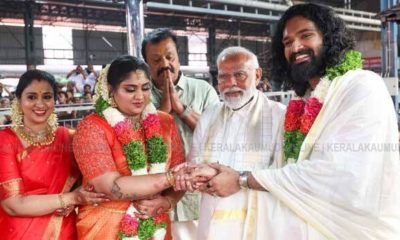
 Entertainment3 months ago
Entertainment3 months agoThe Stunning looks from Bhagya Suresh’s Wedding
-

 Fashion3 months ago
Fashion3 months agoMost Discussed Ajrakh Saree of Alia Bhatt
-

 Entertainment3 months ago
Entertainment3 months agoThe Most Stylish Guests of Bhagya Suresh Reception
-

 Entertainment4 months ago
Entertainment4 months agoEverything about the Ira Khan wedding that is out of the norm
-

 Entertainment3 months ago
Entertainment3 months agoBridal Bliss : All Bridal Looks of Swasika Vijay
-
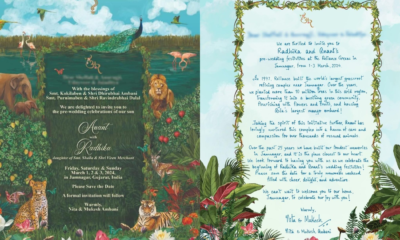
 Entertainment3 months ago
Entertainment3 months agoAll About The Dreamy Pre Wedding Invite Of Anant Ambani & Radhika Merchant
-

 Fashion3 months ago
Fashion3 months agoMajor Denim Trends You Need To Know in 2024
-

 Entertainment3 months ago
Entertainment3 months agoBest Looks from Golden Globes 2024




